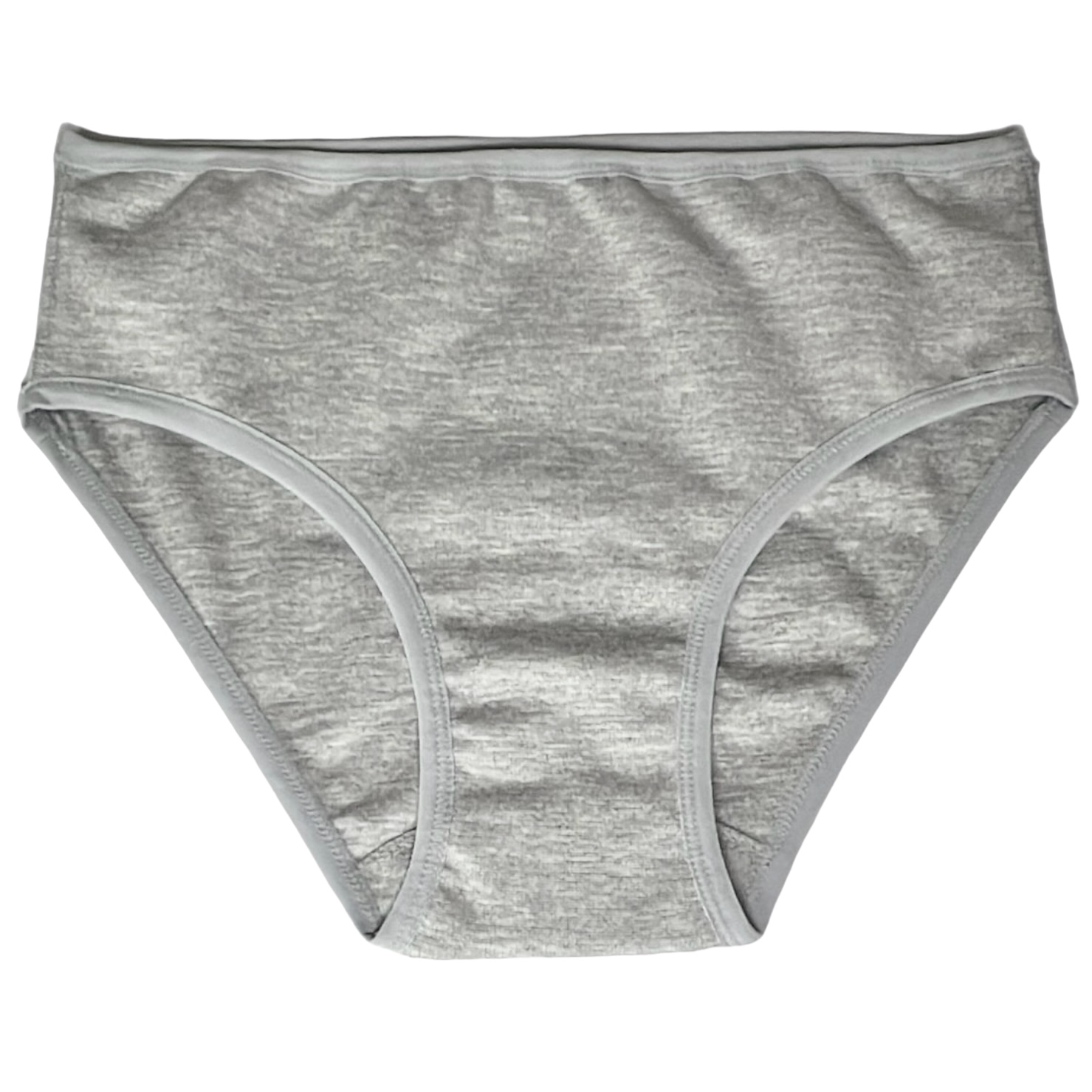What is responsible tucking?
In the world of gender identity and self-expression, tucking plays an important role. Tucking has aesthetic and deeply personal significance for individuals. Tucking refers to the art of concealing the penis and scrotum. This is often done with specially designed underwear or techniques to achieve a smoother and more feminine contour of the lower abdomen and groin area. For transgender people, drag performers, and others who want to emphasize their gender identity, tucking can contribute to a sense of authentic self-expression and self-confidence. However, tucking also comes with health risks that require careful consideration and education. How can you tuck safely and responsibly? You can read all about it in this blog.
What is tucking?
Tucking is a practice where someone hides their genitalia to make them less visible. The tucking of the penis is also known as ‘tucking’. It is a technique where the penis is tucked in such a way that it is less noticeable. This is often done by transgender people, drag performers, or people who want to conceal their genitals for other reasons. This creates a smoother, more feminine appearance of the body.
There are different methods of tucking. The general goal is to create a smoother contour of the lower abdomen and groin area. This can be achieved, for example, by pushing the penis back between the legs. Some people use specially designed tucking strings, compression underwear, or other garments to maintain this position.
Tucking is a personal choice and can vary in complexity and comfort level, depending on individual anatomy and preferences. For those who tuck, it can contribute to a sense of gender affirmation and self-confidence. However, it is important to do this with care and awareness of potential health risks.
What is Compression (Tucking) Underwear?
Compression or tucking underwear is specially designed underwear that fits tightly against the body and provides compression in specific areas. It is often made from elastic materials such as spandex, nylon, or polyester. These fabrics offer firmness and support to different parts of the body. Compression underwear can be purchased for various reasons; here we are specifically talking about compression underwear for tucking. In this case, the penis and/or scrotum are pushed back between the legs towards the buttocks. The compression underwear holds the penis and scrotum in that position.
What are different ways to tuck?
Conclusion
The practice of tucking, where genitalia such as the penis and scrotum are concealed to be less visible under clothing, is an important aspect of gender expression for transgender people, drag performers, and others who wish to adjust their appearance. While tucking can contribute to a sense of gender affirmation and self-confidence, it also carries potential health risks, such as skin irritation, painful friction, and in severe cases, disruption of blood circulation and permanent damage to the genital organs.
The use of specially designed compression underwear can help in safe tucking by providing support without exerting excessive pressure. It is essential to use the correct size, take regular breaks, and care for the skin to avoid complications. Medical guidance and advice are recommended, especially for those considering long-term tucking or experiencing issues. Adhering to safe tucking practices is not only crucial for physical health but also for the well-being and comfort of those who embrace this practice as part of their self-expression.
It is important to note that many of these risks can be minimized by using appropriate tucking techniques and materials, regular monitoring, and taking breaks to restore blood circulation. However, individuals considering tucking should be aware of these potential complications and seek medical advice if possible to ensure safe practices.
July 2024
Sources:










